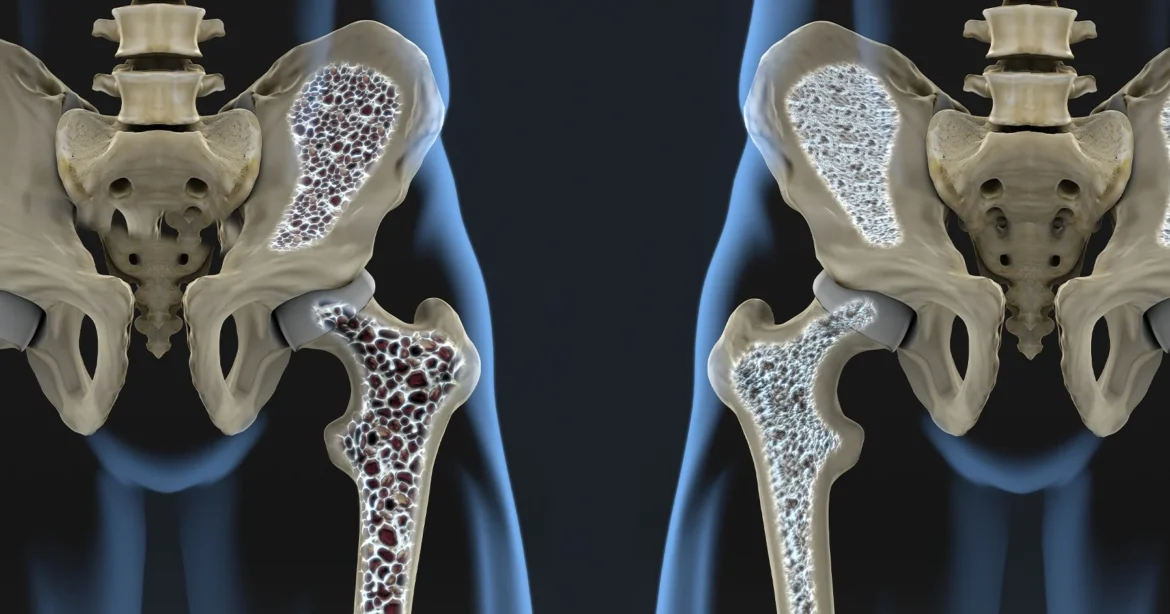According to a new opinion article published in the Lancet Diabetes & Endocrinology, osteoporosis screening and therapy lags behind other illnesses, resulting in severe morbidity, mortality, and economic consequences.
Over the last 30 years, there has been considerable development in the capacity to identify osteoporosis, a condition that weakens bones and can impair mobility, cause pain, and increase mortality that was formerly thought to be an unavoidable result of ageing.
Unfortunately, despite that progress, the use of dual-energy x-ray absorptiometry (DXA) and fracture risk assessments – tests that can accurately diagnose osteoporosis and determine the likelihood of having a hip or other bone fracture, has been on the decline. According to the perspective, the use of DXA in women 65 years and older has dropped to 11.3% in 2014, down from 13.2% from five years earlier. The decline coincided with a 70% reduction in Medicare reimbursements for office-based scans.
Titled ‘Osteoporosis in the USA: prevention and unmet needs’, the review highlighted that many at-risk patients are not advised to take preventive medications, and may be unduly frightened to take them. Failures in primary prevention of osteoporosis are compounded by inadequate post-fracture follow-up care. The review noted that following a fracture, patients are not being treated with effective medications, which contrasts with the treatment of patients after a heart attack. Of patients who had an acute myocardial infarction (AMI), 96% received standard-of-care medication while only 30% of women 66 years or older received standard-of-care medication to treat osteoporosis in the 12 months after their fracture.
“Furthermore, studies have shown significantly lower screening with bone density scans and treatment in non-Hispanic Black women, with estimates of a disparity in comparison to non-Hispanic White women as high as 20%. This disparity is also present in post-fracture diagnosis and treatment,” said co-author Douglas P. Kiel, M.D., M.P.H., Director, Musculoskeletal Research Center and Senior Scientist, Hinda and Arthur Marcus Institute for Aging Research, Hebrew SeniorLife and Professor of Medicine, Harvard Medical School.
“Our review underscored some myths regarding osteoporosis patients. Osteoporosis is thought to affect non-Hispanic White and Asian women, and that may be why screening, prevention and post-fracture treatment of non-Hispanic Black women is so much lower,” he added.
According to the perspective, the reduction of Medicare reimbursement for DXA also has disenfranchised rural communities. “Understanding the impact of access to osteoporosis screening and treatment will help the country reduce disparities in care,” Dr. Kiel added. “Major holes remain in the how the U.S. serves patients with this important age-related chronic disease, and it’s clear we need to address the disparity of and access to standard-of-care.”
Another difficult element is that there is now no obvious solution for primary osteoporosis prevention. Estrogen has been widely utilised in younger postmenopausal women with osteoporosis risk factors, but a Women’s Health Initiative research highlighted questions about its long-term safety, leaving a vacuum in treatment choices.





